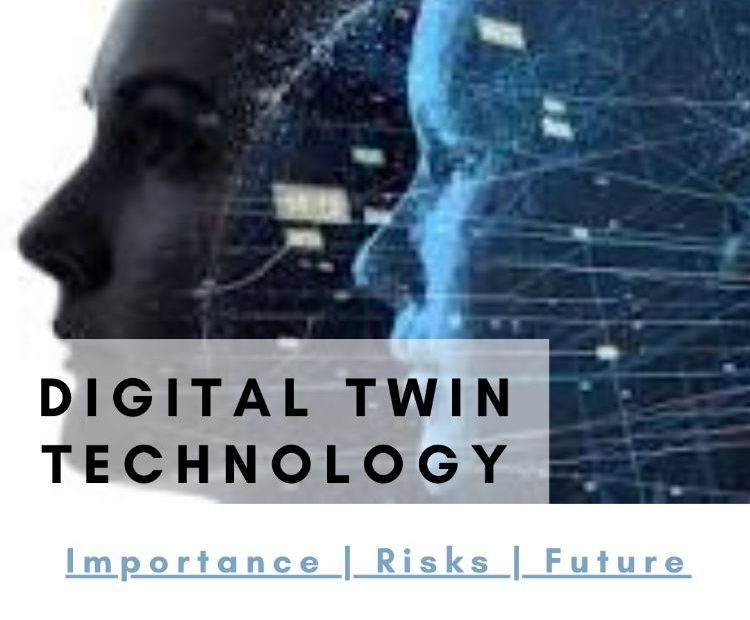The concept of digital twins was first proposed in David Gelernter’s book “Mirror Worlds” in 1991. A digital twin is a simulated version of an object or system that extends its lifetime and is maintained with real-time data. And aids decision-making through modeling, deep learning, and logistics. In general, digital twin technology is a computerized program that enables simulators based on real-world data to forecast how a product or service will function. To improve the output, these systems use IOT technologies, machine intelligence, and software analytics.
What is digital twin technology and how does it work?
The development of a digital twin technology begins with professionals in applied mathematics or big data. Examining the mechanics and operational processes of a real object or system. Digital twin engineers guarantee that the virtual computer model may give information from sensors. That collects information from the physical version. This allows the digital version effectively mirror and emulates what is happening with the original model in actual time. Allowing for the collection of data on performance and potential issues.
A digital twin can be as complicated or as basic as you need it to be. Different amounts of data decide how closely the model mimics the actual one in the reality. The twin technology can be used in conjunction with prototypes to provide information about the product as it is being created. It can be used as a model to simulate what might happen when the real product is developed.
Digital twin uses and applications
Owners or operators can minimize unplanned breakdowns while increasing productivity by using end-to-end smart technology. Following are the major applications of the digital twin.
- Generators of electricity
- Structures and their interrelationships
- Medical services
- The food industry
The Internet of Things (IoT) and digital twin technology
Undoubtedly, the development of technology is a factor in the development of digital twins. As IoT devices improve, digital-twin possibilities can incorporate smaller, less sophisticated products. By providing enterprises with more advantages.
The advantages of implementing digital technologies
The advantages of using a digital twin vary depending on its use. For example, adopting a digital twin technology to manage existing systems like a wind generator or a gas/oil pipeline. Can cut ongoing costs by huge amounts of money. Increased reliability and availability can be achieved by using monitoring and simulation to improve performance. They can also prevent accidents and unexpected breakdowns due to failure. Also, digital twin technology lowers the maintenance cost by projecting malfunction and ensuring production goals.
